There's been a huge amount of talk of challenger brands this year and we're barely out of January. So who do we think are going to be the movers and shakers in 2016? We've put together our annual 20 challengers to watch list here at eatbigfish with a helping hand from some friends of ours. Complementing our choices are suggestions from top brand thinkers and authors including Denise Lee Yohn, Ed Cotton, Faris, Porter Gale and Whitney Johnson. Enjoy.
1. Everlane
I don’t know about you but I can feel the winds of change blowing all around in business. Blame it on those fabled millennial consumers and their pesky morals and optimism, or the influence of the established challengers like Patagonia and Warby Parker, wherever we turn we’re seeing a direct-to-consumer online brand with an ethical bent, shaping up to shake up the incumbents. It's a good time to be studying challengers that’s for sure.
This retail revolution is particularly true in the world of fashion. We could write a post on the 20 fashion brands challenging how clothes are made and sold – but we don’t have the space - so here’s one we couldn’t not mention…
Occupying that ‘simple quality classics’ sweet spot that Gap lost a long time ago, (think Pheobe Philo-esque well cut basics in good fabrics), online brand Everlane’s challenger mantra is ‘Radical Transparency’, and radical it is indeed
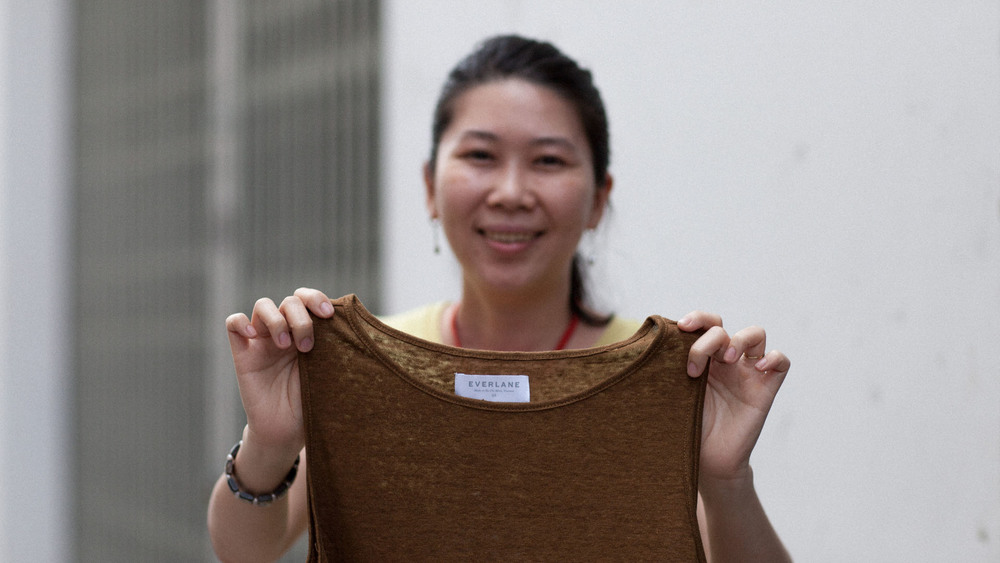
2. Slack
I’m the Slack bore in the office. You probably have one in yours, or maybe you’re one yourself. If not, beware. The Slack bore is coming for you. And he's going to try and stop you using email. But we’re right. We are totally right. Rather than talk about Slack the productivity app, I want to talk about Slack, the challenger brand.
By now, you’ve probably heard about Slack (there are MANY other blog posts written about what Slack is and does). This one from slate.com is my favourite. It’s the work place communications platform that 200% of start ups are using and is going to replace all of the old archaic systems in your office including your toaster and hole punch.
That’s an exaggeration of course, but it is dealing a body blow to company email. Finally, someone has a viable alternative to the spirit crushing banality of the major form of business conversation in the connected world.

3. Our Vodka
With craft beer now estimated to account for 20% of the value of the US beer market, it’s no exaggeration to say that craft beer has revolutionised the industry. Despite craft spirits currently accounting for just 2% of the US spirits market, the signs are there for craft spirits to follow the same growth as craft beer and start taking similar share. The amount of craft distilleries opening in the US has tripled in three years from 2011 – 2014.
One reason for craft's success is the quality of the product itself, with higher quality ingredients being used, but a significant other factor is where it was produced. “People want that relationship with what they drink” said Evin O’Riordain, founder of Kernal Brewery. “We’re in London, this is a local beer, that means something to people”. A key question for both the beer and spirits industry establishment has been how best to respond to consumers who increasingly want to buy local and so choose craft over mainstream brands.
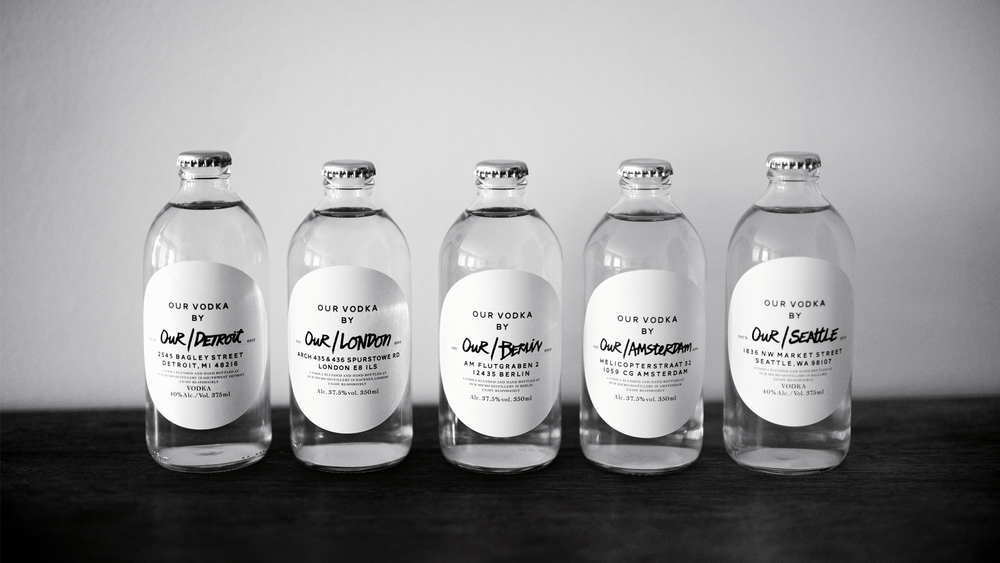
4. Atom Bank
Is it harder to be a challenger in some categories than others? We don’t really see it that way, but in the recent post Lehmann era there has been an awful lot of talk about ‘challenger’ and not much to justify the claims. The recent UK 'challenger banks' simply seem to be smaller versions of their bigger brothers and sisters – less challenger than younger sibling. They have been a useful distraction for governments and regulators to laud while they quietly return the old big banks to health. But perhaps that is about to change with the imminent launch of Atom Bank.

5. Jet
Jet thinks it can offer lower prices than Amazon. That’s right, lower than the biggest online retailer, one so committed to lower prices that it scarcely makes a profit some quarters, and puts fledgling competitors out of business with aggressive price wars. Remember how Amazon Mom undercut Diapers.com before making Quidsi, the holding company, an offer they couldn’t refuse? Marc Lore does. He started Quidsi. And now he’s started Jet. What makes him think things will play out differently this time?

6. Pelaton
How should a new challenger take on Soulcycle, the exercise brand that has grown since 2006 to over 30 locations in the US, and put an entirely new emotion into fitness (‘a party on a bike’)? Behind Soulcycle’s growth (who are arguably still a fitness challenger themselves) lies a highly engaging, multi-sensory experience, real focus, a premium product, studios full of vocal advocates, bold iconography – oh, and candles. Don’t forget the Jonathan Adler scented candles. All of which is why some are putting the value of their putative IPO as high as $900m.

7. Thinx
Even the committed feminists in the offices of eatbigfish (which I hope I can say, is 100% of the office) have got a little bit cynical about the rise of ‘femvertising’ over the last couple of years - brands jumping on the 'purpose' bandwagon promising to empower 51% of the population just that little bit more and explain why we, the little women, can do all the things the big bad men can, as long as our hair remains silky shiny smooth of course.
So it felt like a breath of fresh air when Thinx, the new kid on the block when it comes to everyone’s favourite empowering category – feminine hygiene – rocked up with their un-patronising, intriguing, high fashion aesthetic ads in October of last year.
Gifted an old fashioned controversy by the NYC subway department, who initially banned the ads for what they considered inappropriate imagery, Thinx got wide (and hugely supportive) international mainstream press coverage and got our attention – precisely what a new challenger needs to make an impact.
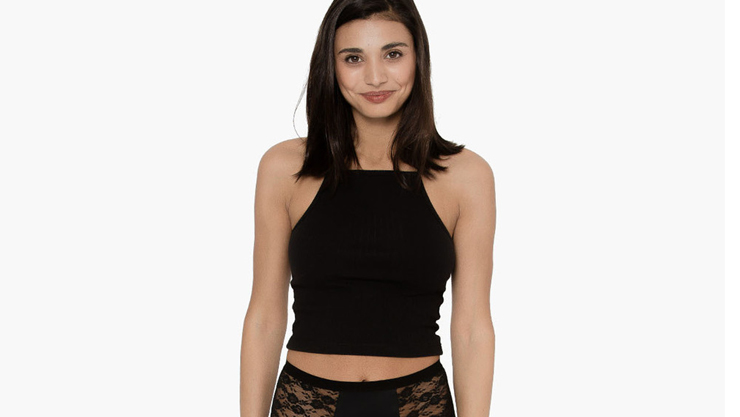
8. American Giant
American Giant are calling bullshit on a fat, bloated US apparel industry, bursting at it’s seams. Frustrated with the narrative surrounding America-made goods; which depicted US manufacturing as either extremely expensive or as of poor quality, founder Bayard Winthrop founded American Giant to produce high quality, US-made and affordable American classics. “The apparel industry is just so horrible now. It’s so filled with so much waste, so much crap and so much crazy marketing, stuff that is totally disconnected from the product’ Bayard says. “As you can tell I’ve got a chip on my shoulder about it”.
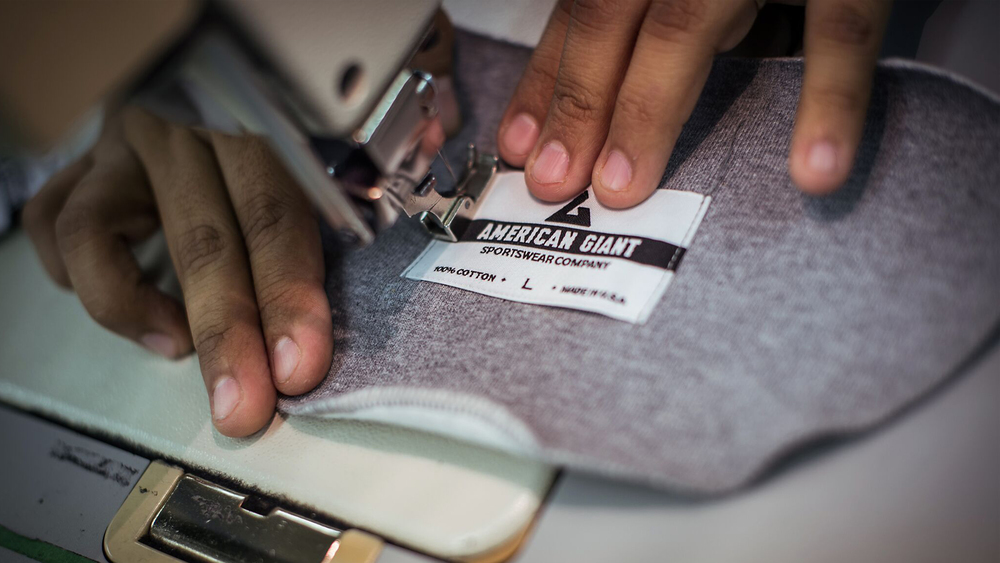
9. Mary's Medicinals
This company to watch in 2016 is building a brand in a category with tricky regulatory and financial impediments, a great deal of polarized propaganda and a counter-culture positioning they are looking to challenge. Mary’s Medicinals is one of very few national medical cannabis brands, working at the intersection of technology and botany to transform how people view and utilize the plant.

10. Pirch
What makes Pirch a challenger brand to watch in 2016? A few hundred words or pictures simply won’t do justice to that question. The real answer is to that you have to set out and experience for yourself one of their dozen or so showrooms across the US.
Pirch is unlike anything you will have ever seen at a home design, decorating or appliance store. It’s a brilliant example of ‘overlaying’ the rules of another category or industry to create a disruptive and compelling experience. In Pirch’s case, their store experience is the thoughtful and intentional product of combining the human empathy one sees in the Spa & Hospitality industries, with the design aesthetic of an Apple Store or Tesla, and the story-telling of a good novel or hollywood movie.

11. Seedlip
'Colour & Advance' is an exercise, originally created by improv consultancy 'On Your Feet', to help brand builders think about their brand's story. It’s about categorising ideas for our brand's narrative in one of two ways: those ideas that add the detail, richness and layers to our story - colour, and those ideas that advance a story - provide progress or an improvement on what we've had before - advance. No one ingredient is more important than the other – both are essential for our brand.
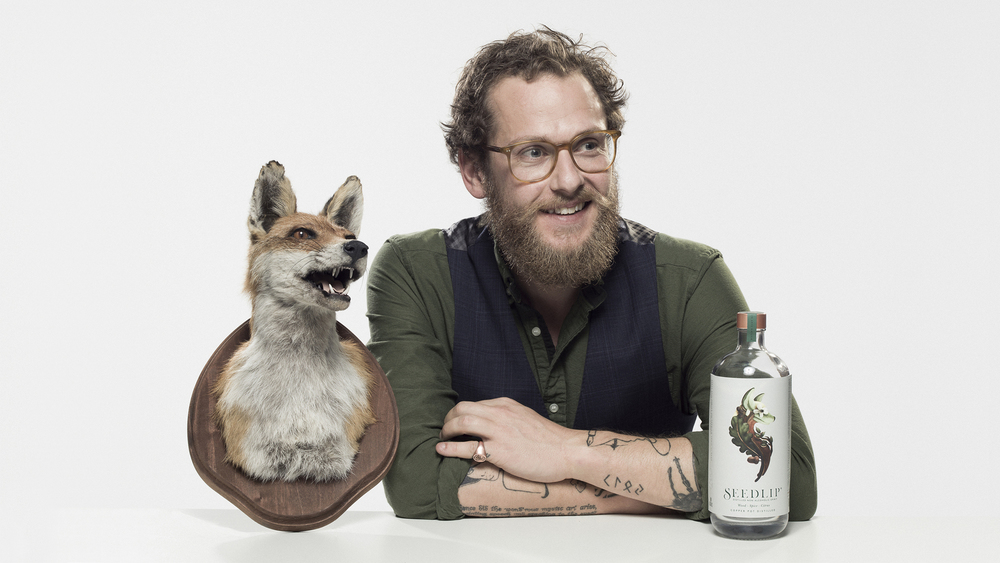
12. Chain
If you know what voice-over internet protocol (VOIP) is, then you’ll have a pretty good sense of what money-over IP (MOIP) is. The Internet’s ability to carry voice data massively disrupted the Telcos, with cheaper and better calls that don’t require a landline, and the same thing is going to happen with the creation of truly digital currencies (of which the crypto-currency Bitcoin is just the most infamous so far).
13. Karma Cola
In a world where consumers are becoming more conscious about which brand they choose to buy - from ethical supply chains to natural/organic ingredients to interesting brand stories - a brand like Karma Cola is challenging the status quo. They are reacting to a category which has had little innovation or change recently because of the dominance of the two big players in the market: Coca-Cola and Pepsi.
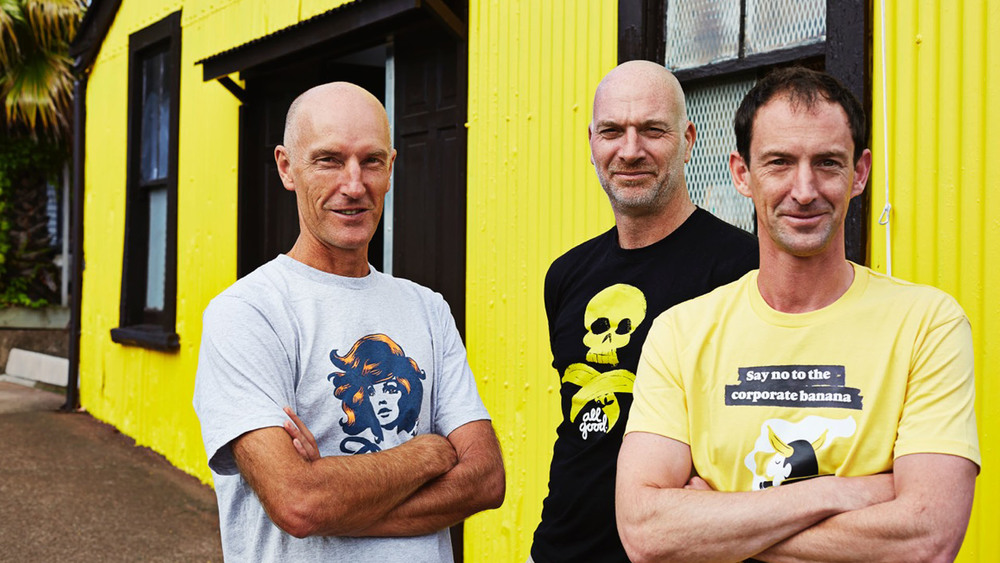
14. Tesla Power
Is 2016 the year that we all get our hands on the Tesla Powerwall home battery and start solar powering our futuristic off-grid lives?
Well frankly no.
But not just because we don’t all have a cool $3,000 to spend, but also because they’ve already had enough pre-orders to sell out for the first six months of 2016 (38,000 and counting). So, if you didn’t get in there quick enough, I’m afraid you eco-warriors are just going to have to wait.
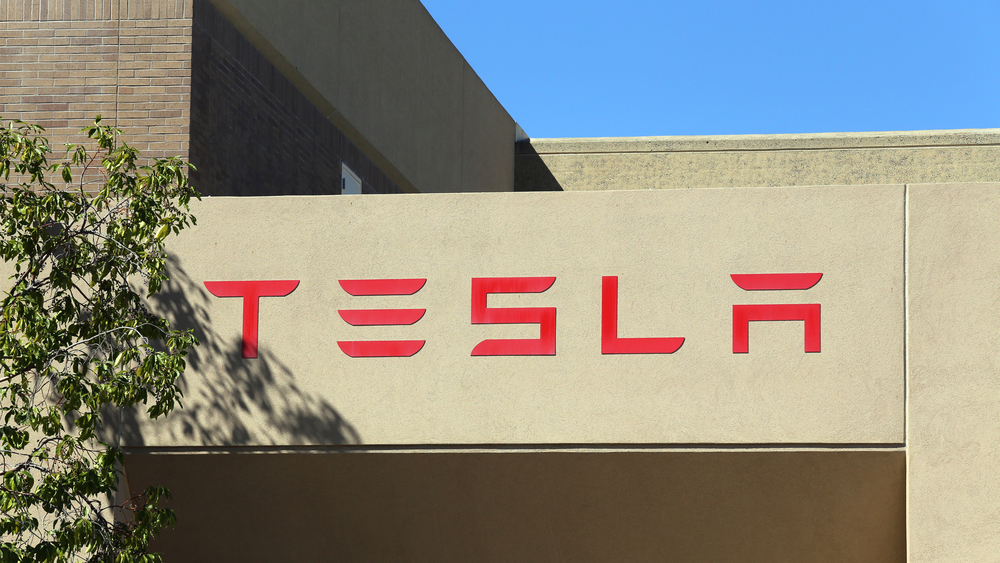
15. First Utility
The People’s Champion is a brand that makes a very specific claim: that it is standing up for the consumer against the fat cats who line their pockets at the consumer’s expense. It’s an increasingly popular narrative in categories where old and established market leader/s dominate and stifle the industry, where barriers to entry are high for a challenger and the market leader's objective is to keep things exactly as they are.

16. Cylance
For all the very real concerns about the dangers of artificial intelligence in the future some of the benefits are here now. When your phone reminds you to stand up at your desk, that’s AI. When your Tesla uses so-called deep learning to brake for the red light and not for the red robin, that’s AI. So it would be hard to conjure list of challengers to watch in 2016 without thinking about whom on that list is harnessing the power of AI to upend a category. We chose Cylance, a challenger in the not very sexy, but oh-so-essential world of Internet security.
17. Lyft
If, just a few years back, we’d suggested that automobiles would be THE hotbed of innovation and disruption in 2016, and that picking a challenger to watch in the space would be a tough call, you might have thought we’d been spending a little too much time at Mary’s Medicinals. But wherever we look in autos we see challengers: Truecar, Beepi, and Carvana challenging aspects of the dealership model. Vroom trying to become the Amazon of used cars. And no less of a commentator than Marc Andreessen has suggested, “we're seeing the birth of 4 new American car companies [Google, Apple, Tesla & Uber]”
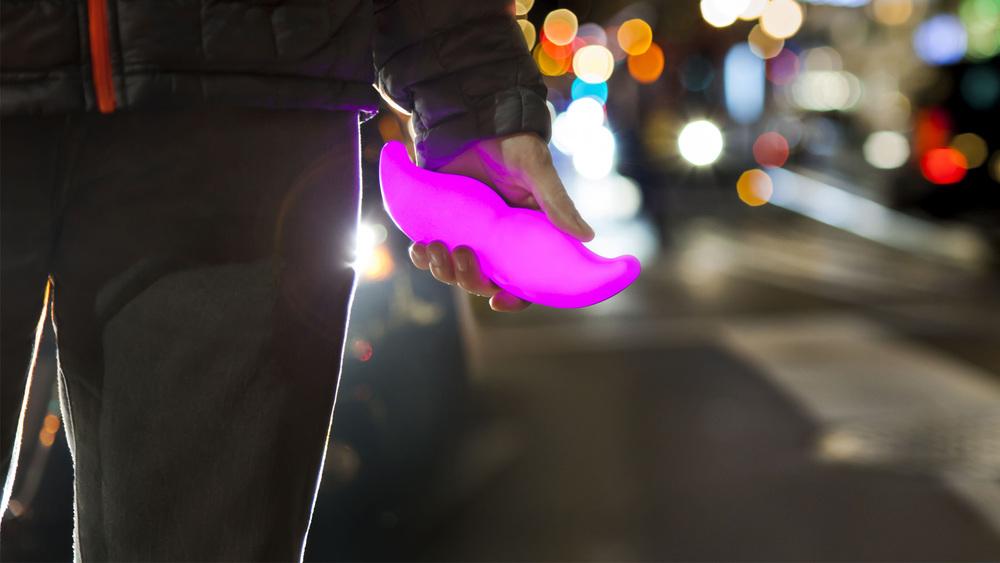
18. Antidate
With a reported 50 million users each month Tinder is king of the dating world. How does a challenger queen steal a slice of that pie?
Antidate is the new challenger on the dating app scene. Unlike Tinder, only women can make the first move, ‘flipping the rules of dating’ and putting women in control of if and when a dialogue opens. The men in this instance have to sit tight and wait.
Possibly the smallest challenger on our list with a current user base of just over 600, Antidate have a long way to go to be known as credible competitor to Tinder, although both female and male users are enthusiastic about the alternative dating experience. “The men like it because they’re suddenly not responsible for doing all the work in setting up a date,” explains Mo Saha, one of two co-founders of the challenger start-up.

19. DirecTV
We love a next generation challenger strategy here at The Challenger Project. Its classic ‘choice of the new generation’ territory but, done well, the next generation positioning takes your rival and elegantly positions them as a product or brand of the past, and who wants to live in the past hey grandpa?
DirectTV have kicked off 2016 with a series of great next generation spots about ‘The Settlers” – those pilgrim folk making do with old fashioned cable.
20. Jimmy's Iced Coffee
Jimmy Cregan spent a year travelling in Australia where he fell in love with iced coffee. Upon his arrival home, he was frustrated that all the iced coffees available were very sickly and sweet. So in 2011, he took it upon himself to rectify this and launched Jimmy's Iced Coffee.
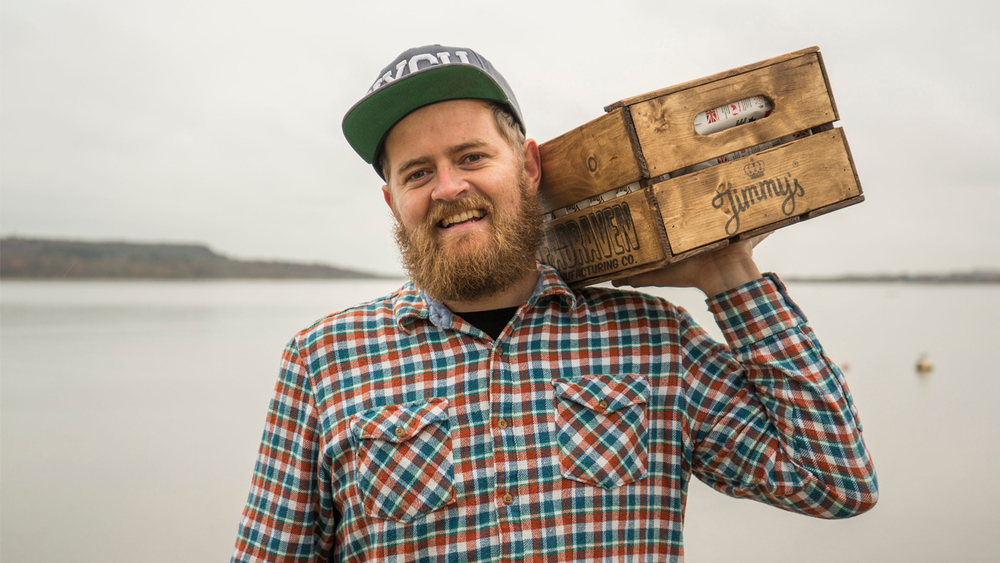
Read more from eatbigfish here.
